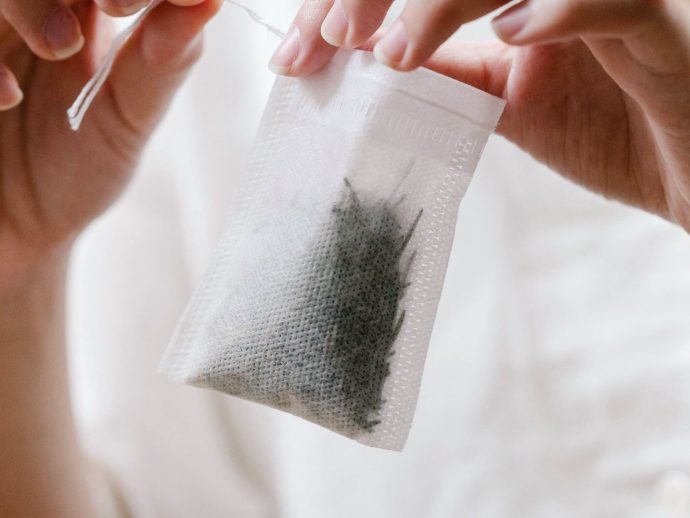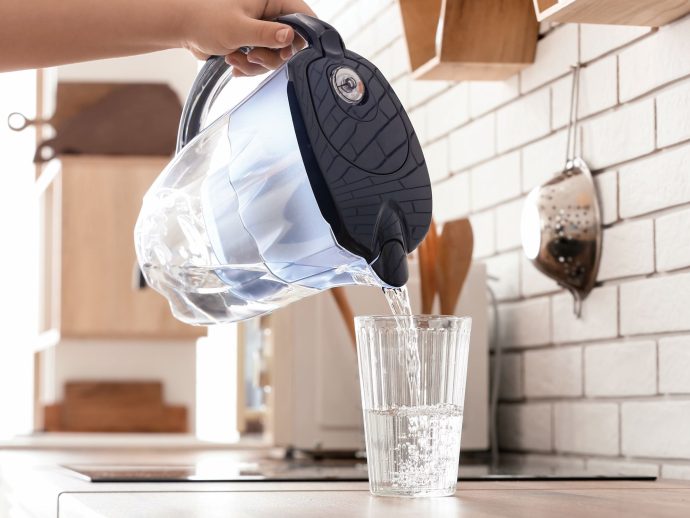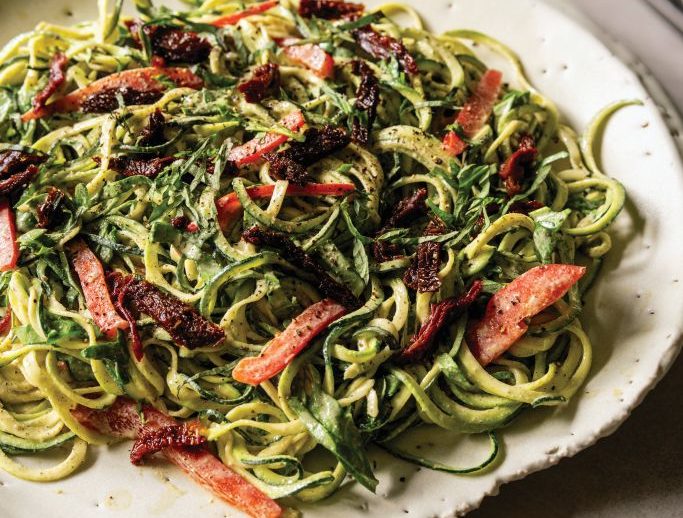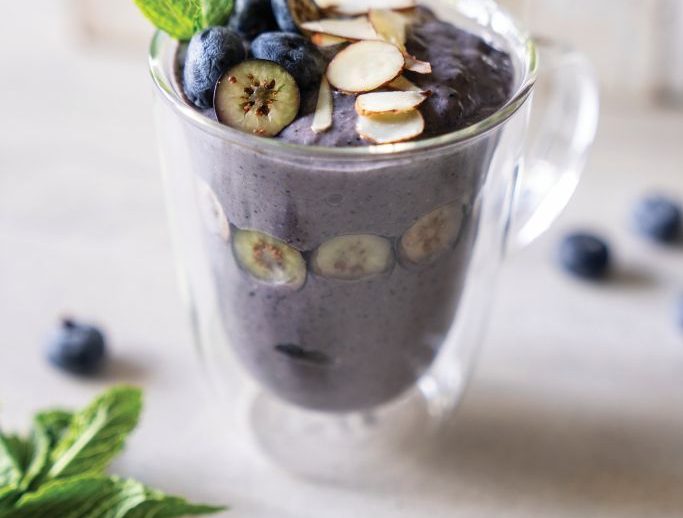
You can’t see them, but microplastics are ever-present in our environment. North Americans eat between 39,000 to 52,000 microplastics particles a year and breathe 35,000 to 69,000 particles annually. Microplastics may be tiny, but they pose significant risks—prompting innovative solutions.
Plastic, plastic everywhere—even in your water
Globally, billions of tons of plastic are discarded each year, with the majority not recycled. As plastics break down into microplastics (smaller than 5 millimetres, often invisible), they pollute soil, air, and water. These microplastics come from various sources, including household paints, adhesives, skincare exfoliating beads, and synthetic fibers in clothing.
This pollution is now omnipresent: in the air we breathe (especially indoors), in human bloodstreams, and even in maternal wombs and breastmilk. In the Great Lakes, every sampled fish was contaminated with microplastics. Remote areas aren’t spared—microplastics have been found in polar ice, soil, and water.
How do microplastics get inside of us?
Microplastics enter our bodies mainly through what we eat and drink. Most meats, fruits, and vegetables have tested positive for microplastics. Fish absorb plastics in the ocean, which we then consume. Plants absorb plastics from the soil, accumulating in leaves and fruits.
Tiny particles, big health questions
Microplastic pollution is a rapidly growing issue, with scientists racing to understand its health impacts. Recent advancements include detecting microplastics in human blood, revealing widespread exposure. Studies suggest microplastics may cause inflammation, oxidative stress, cancer, and neurotoxicity. As we age, our ability to filter toxins diminishes, increasing the risk of serious health issues linked to plastic accumulation.
Innovation to the rescue
While research continues to uncover the effects of microplastics, entrepreneurs are actively seeking solutions. Take the new plastic-eating microorganisms developed by scientists last year—they “eat” and transform plastic compounds into useful products like vanilla flavoring and ingredients for medication and fragrances.
But what if we changed the plastic itself? Traditional plastics last forever—they just break down into smaller pieces. Even microplastics fragment into nanoplastics. Some companies are exploring alternatives like polyhydroxyalkanoate (PHA).
PHAs are produced by bacteria from sugars or lipids and are gaining attention as a biodegradable plastic. PHA naturally degrades in many environments, reducing pollution and harm to wildlife. It’s also more biocompatible, meaning it can be safely metabolized by our bodies.
The future of plastics is here, with the aim of ensuring microplastics stay in the past.
By Joshua Duvauchelle









